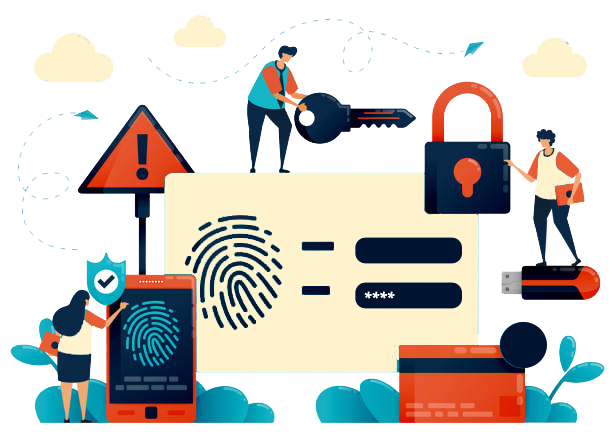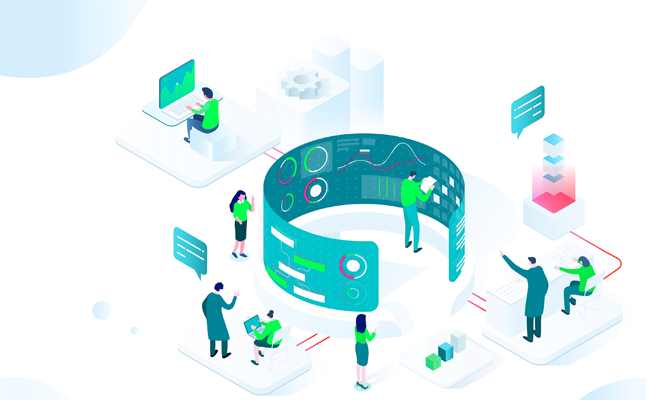xcelic implements cyber security measures to protect your hospital’s Personally identifiable information (PII) and protected health information (PHI) .
This critical data is handled by almost every department in a hospital, in one or more health information systems since all healthcare providers, from physicians, assistants, nurses, pharmacists, dietitians, physical therapists, and accounts use EHR and other systems.


The financial system is more reliant now on Digital Technology. It has more interconnected systems and hence is more vulnerable to cyber exploitation. Consumers notoriously prefer convenience over security, and it is in the interest of financial institutions that consumers use this online technology more to increase efficiency and reduce operating costs.
Malicious actors are not targeting the industry for just financial gain: they are actively looking to exploit vulnerabilities that could be used to bring it down, thereby undermining confidence in the financial system. The financial industry’s dense interconnectivity, broad digital footprint, and extensive reliance on technological infrastructure expose it to a disproportionately large attack surface. The financial industry experiences greater losses due to cybercrime than any other sector.
Cybersecurity for the manufacturing supply chain is a particularly serious need. Manufacturing supply chains are connected, integrated, and interdependent; the security of the entire supply chain depends on security at the local factory level. The diversity of manufacturers—from large, sophisticated corporations to small job shops—creates weakest-link vulnerabilities. Unfortunately, manufacturers, in general, do not see themselves to be at particular risk. This lack of recognition of the threat may represent the greatest risk of cybersecurity failure for manufacturers
The scale and variety of cyber threats to manufacturers have grown considerably in recent years. They often include efforts to corrupt data, steal intellectual property (IP), sabotage equipment, and disable networks. The purposes and effects of attacks vary widely, but all such incidents cost time and money to industrial firms and their customers.
